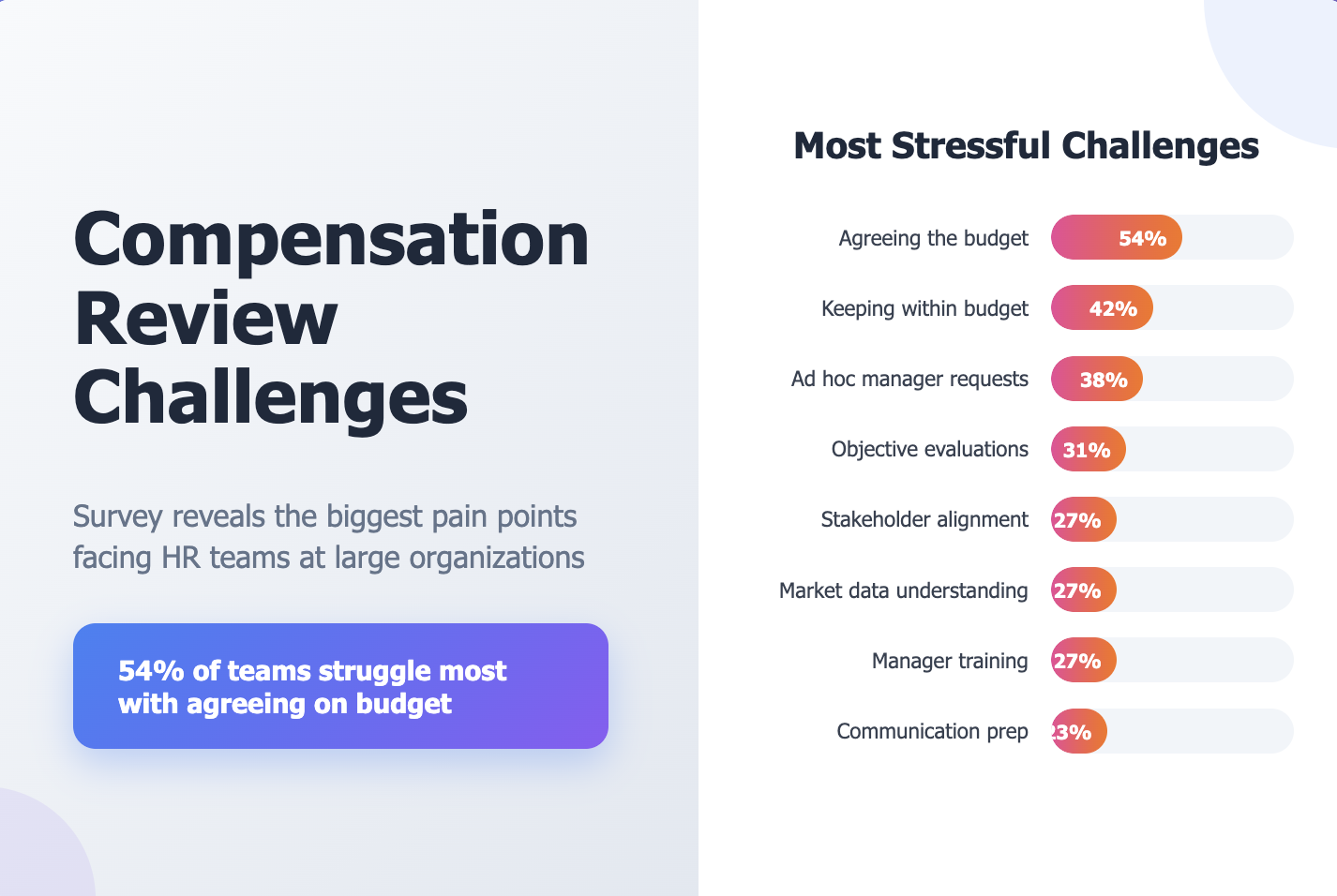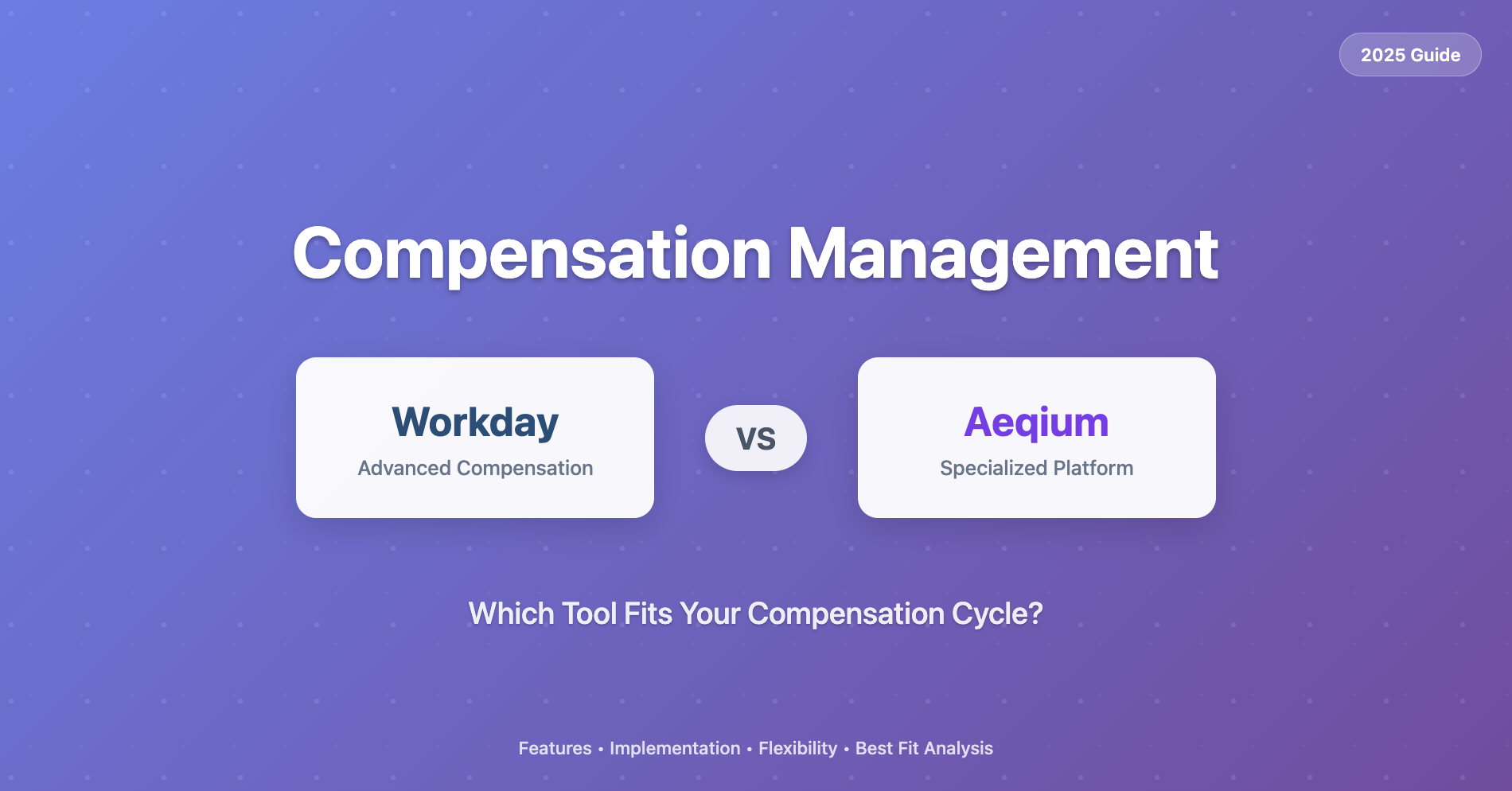Effectively Managing Stock Compensation

A Complete Guide to Managing Stock-Based Compensation in 2025
Stock-based compensation has evolved significantly in recent years, with companies adopting new strategies to balance employee retention, market volatility, and shareholder expectations. In this comprehensive guide, Ilene Milne, Senior Director of Compensation at Palo Alto Networks, shares expert insights on effectively managing equity compensation programs.
The Changing Landscape of Stock Compensation
Recent years have brought significant changes to how companies approach stock-based compensation:
- Market Volatility Impact: Companies adjusting strategies in response to market fluctuations
- Burn Rate Considerations: Increasing focus on managing share pool and shareholder expectations
- Vesting Schedule Innovation: New approaches like one-year vesting and front-loaded schedules
- Targeted Distribution: More strategic allocation of equity compensation
Key Trends in Stock-Based Compensation
Evolution of Vesting Schedules
- One-year vesting with performance-based renewals
- Front-loaded vesting (e.g., 40-30-20-10 structure)
- Focus on reducing "cliff" effect at the end of vesting periods
Strategic Allocation Approaches
- Shift from broad distribution to targeted allocation
- Focus on key contributors and critical roles
- Alignment with long-term business objectives
Expense Management
- Balancing expense thresholds with retention goals
- Managing stock-based compensation as percentage of revenue
- Consideration of company maturity and growth stage
Best Practices for Program Design
1. Clear Program Guidelines
- Establish transparent allocation criteria
- Define target market positioning
- Set clear expectations for ongoing grants
2. Strategic Implementation
- Focus on retention of key talent
- Align with long-term business objectives
- Consider company growth trajectory
3. Effective Communication
- Avoid misleading terms like "refreshers"
- Set clear expectations about grant frequency
- Communicate program philosophy clearly
Common Pitfalls to Avoid
- Incorrect Terminology
- Using terms like "refreshers" without proper context
- Creating unrealistic expectations about grant frequency
- Poor Governance
- Inadequate plan administration
- Insufficient legal and compliance oversight
- Weak documentation practices
- Ineffective Targeting
- "Peanut butter" spreading of equity
- Failing to prioritize key talent
- Not aligning with long-term objectives
Measuring Program Success
Key Performance Indicators
- Retention rates of critical talent
- Distribution metrics across employee population
- Equity holdings relative to guidelines
Assessment Criteria
- Achievement of target participation rates
- Effectiveness of retention strategy
- Program cost management
Expert Tips for Success
Ilene Milne emphasizes several critical success factors:
"Equity should not be a reward for what's been done. Equity should be a tool to engage people to do what needs to be done over the next three plus years."
Key considerations:
- Focus on future contribution potential
- Be prepared for selective retention
- Maintain strong governance
- Monitor market trends and adjust accordingly
Looking Ahead
As companies continue to evolve their stock-based compensation strategies, success will depend on:
- Balancing retention needs with cost management
- Adapting to market conditions
- Maintaining clear communication
- Ensuring program sustainability
Want to learn more about implementing effective stock-based compensation programs? Contact the Aeqium team for expert guidance and solutions.




